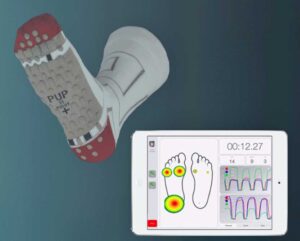
Socks, as wearable technology, are making a difference in hospital settings.
How electronic, wearable technology is making a difference.
When most people think about wearable technology, they tend to think about anything from watches that monitor steps and heart rate to virtual reality headsets. While these products are fun, useful, and becoming increasingly commonplace, we would like to share with you a technological advance which is making a critical difference in the lives of patients in hospital and care facilities.
One of our clients, Palarum, has developed wearable technology, in the form of socks that use an electronic sensor to geolocate a patient and their movement activity via a wireless network. These IOT enabled socks also provide analytics that differentiate when a patient is moving in bed or attempts to get out of bed unassisted. The data is is collected and then transmitted via WiFi to a badge worn by caregivers notifying them of a patient’s activity.
Easier access to this type of data from wearable technology can:
- Decrease hospital liabilities from falls
- Significantly improve response time to patients needs
- Reduce staff fatigue by providing easier monitoring
When properly implemented, these socks can reduce falls by 50%. This is a noteworthy statistic when you reflect on the adverse effects of falls for patients and the financial impact to hospitals. Consider that every year nearly 700,000 to 1 million patients fall during a hospital stay and the value of the product becomes apparent. Given that the average financial cost for a patient fall is over $10,000 per fall ($10 Billion annually); using these hi-tech wearables has the potential to generate a huge savings. The financial costs don’t take into consideration the personal cost and frustration for patients and their families when falls occur.
What does all this have to do with ADL? ADL is responsible for making the PC Boards and enclosures which are used in these socks and the caregiver badges. We are proud of being selected as a partner for this project because it:
- Reflects our commitment to quality
- Demonstrates our ability to build PC boards, assemblies, and more advanced integrations
- Provide design support for products as they evolve
What’s your next project for wearable technology or a medical device? Contact ADL Technology so we can partner with you to build a better world.

 Recent growth at our Columbus Ohio facility means that we have new job opportunities for engineers with design, manufacturing and electrical engineering experience. ADL is currently looking to hire for the following positions
Recent growth at our Columbus Ohio facility means that we have new job opportunities for engineers with design, manufacturing and electrical engineering experience. ADL is currently looking to hire for the following positions
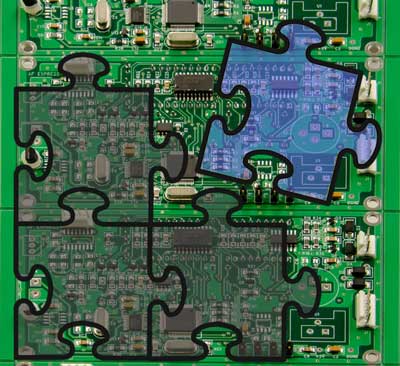 When an OEM, DOD contractor, or consumer manufacturer introduces a new product that contains electronics, changes sometimes need to be made to either the design or the layout of the PCB. Design flexibility is vital from your supplier; it doesn’t matter whether the product is simple or complex, changes to the PCB’s form, fit, or function can be required because of changes in
When an OEM, DOD contractor, or consumer manufacturer introduces a new product that contains electronics, changes sometimes need to be made to either the design or the layout of the PCB. Design flexibility is vital from your supplier; it doesn’t matter whether the product is simple or complex, changes to the PCB’s form, fit, or function can be required because of changes in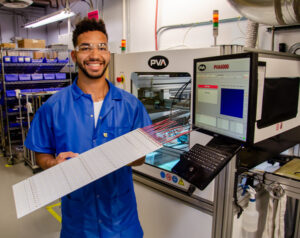


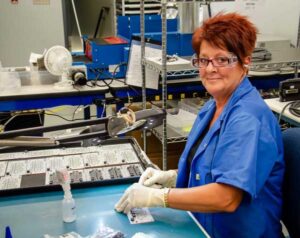
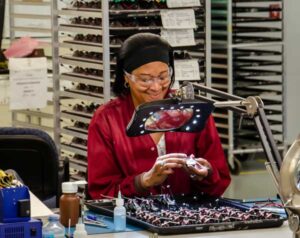
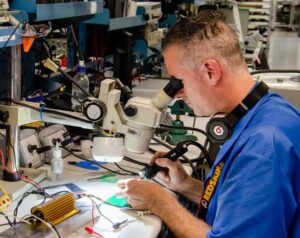
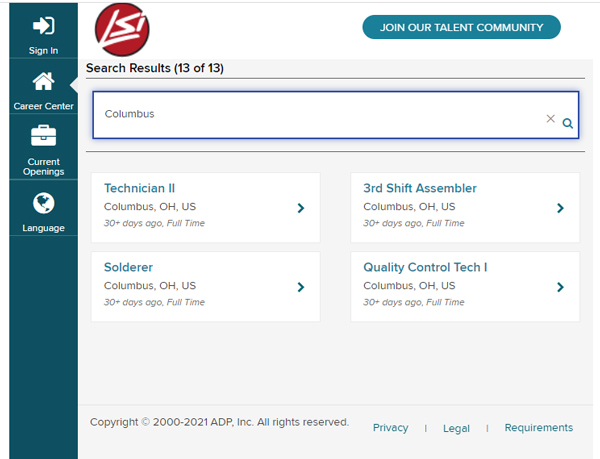


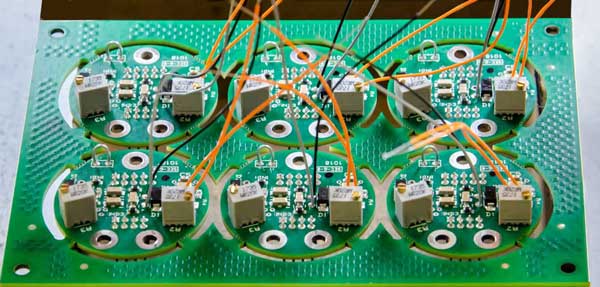

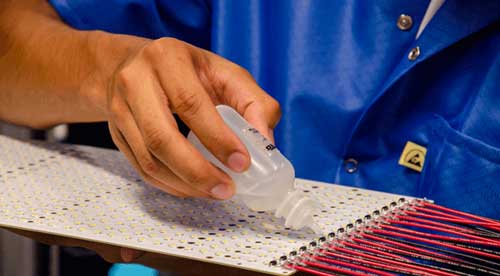
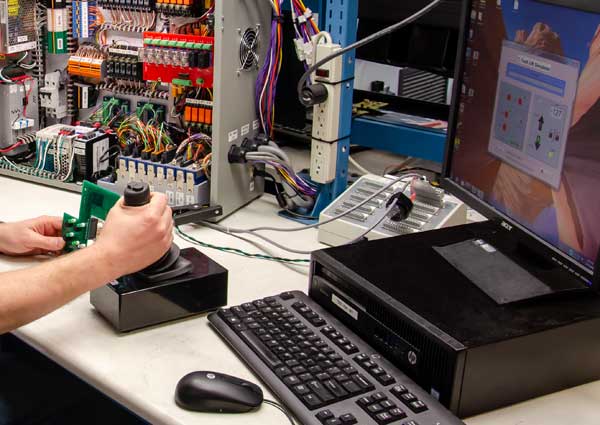 Testing your printed circuit board assembly is a balancing act. You want to maximize the coverage of the test without making it cost prohibitive and bogging down the production process. Having a good understanding of your PCB assembly and common failure modes is key to developing a test that is both thorough and cost-effective. At ADL, we are constantly working with our customers to develop and improve their test requirements.
Testing your printed circuit board assembly is a balancing act. You want to maximize the coverage of the test without making it cost prohibitive and bogging down the production process. Having a good understanding of your PCB assembly and common failure modes is key to developing a test that is both thorough and cost-effective. At ADL, we are constantly working with our customers to develop and improve their test requirements. With the impact of the pandemic across the globe, consumers and manufacturers are both feeling the pinch of the decreasing availability of products and services. For example, I wanted to upgrade a bicycle sprocket set on my road bike and I received an estimate of approximately 500 days! In the world of Electronic Manufacturing Services, the pinch is just as real. These hurdles can affect lead times and the pricing of electronic components in nearly unfathomable ways.
With the impact of the pandemic across the globe, consumers and manufacturers are both feeling the pinch of the decreasing availability of products and services. For example, I wanted to upgrade a bicycle sprocket set on my road bike and I received an estimate of approximately 500 days! In the world of Electronic Manufacturing Services, the pinch is just as real. These hurdles can affect lead times and the pricing of electronic components in nearly unfathomable ways.